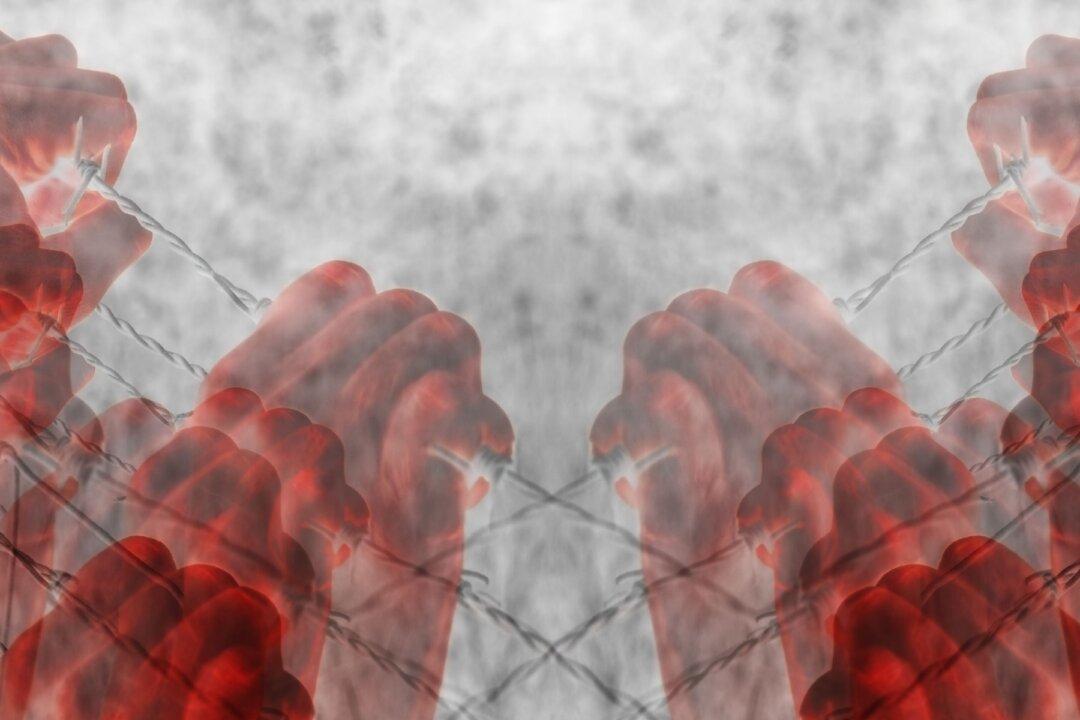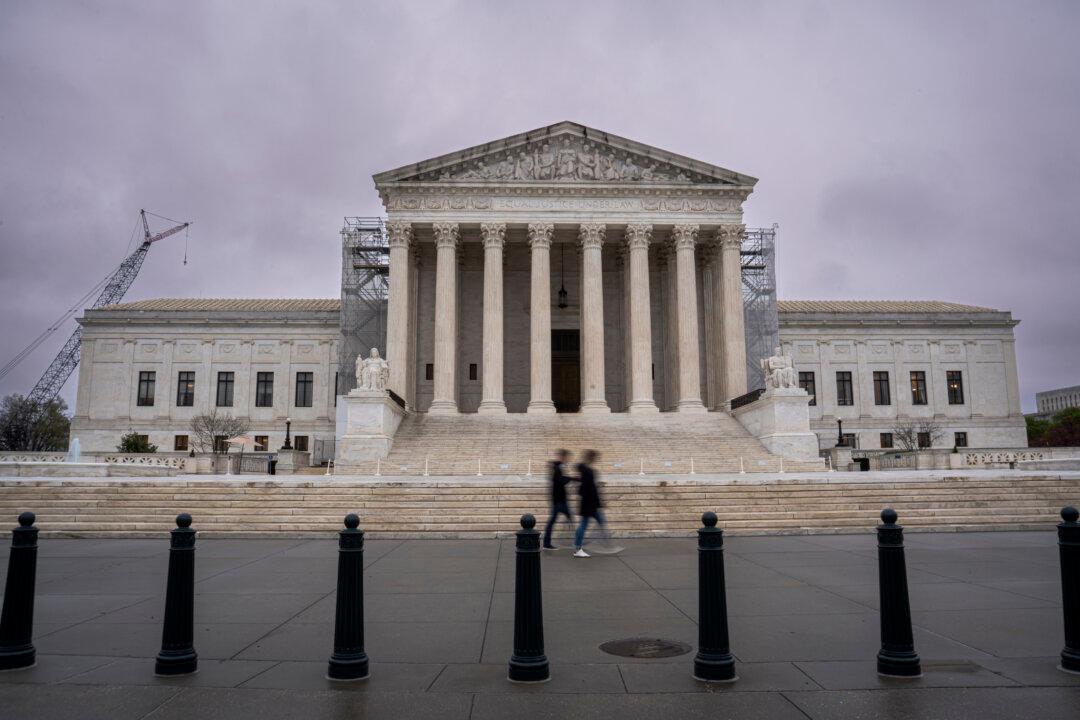Commentary
I am pleased to publish here a brief excerpt from an article originally published in City Journal with my colleague Emily Burns, a research analyst, writer, and member of our censorship working group at Brownstone Institute. Several commentators have claimed recently that the era of “hyperpolitics”—described by Ryan Zickgraf in
Compact as the sense that “Suddenly, politics was Everything Everywhere All At Once”—is ending. Having consumed all the emotional oxygen in the room, the phenomenon, “driven by charismatic influencers and digital demagogues—not established institutions,” has finally burned itself out, leaving the American body politic exhausted.
But were charismatic leaders and demagogues responsible for our polarization, or was it established institutions, feeling themselves under threat, that initiated the new dynamic? If the institutions are the starting point, then this era of hyperpolitics may not be ending after all.
Intense polarization caused our hyperpolitical moment. Particular actors and established institutions cultivated that polarization with specific political aims. Those actors and institutions, together a powerful in-group, convinced enough Americans that an out-group—composed of their fellow citizens—was beyond the pale. These elites and the institutions they control “othered” the outsiders, exiling them from polite society and delegitimizing any questions or issues they might raise.
Over the past decade, the commentariat’s basso ostinato has been President Trump’s “norm-breaking,” which supposedly justified the elite’s derogation and exiling of his followers, and of conservatives more generally. But Trump’s real and imagined bad behavior was preceded by the political class’s shattering of another critically important norm: distinguishing ideas from the people who hold them, turning what had been a battle of ideas into a battle between people. Once the political class took this path, culture became entirely absorbed into politics, and politics became total war.
The contemporary politics of disdain began with presidential candidate Barack Obama’s 2008 potshot at the working class, “they cling to guns or religion.” Hillary Clinton deepened it with her 2016 “basket of deplorables” campaign quip, and she’s still at it years later, as shown by her recent comments
proposing “a formal deprogramming of the [MAGA] cult members.” This contemptuous language, directed at large swathes of the electorate, marked an important deviation from previous cultural standards.
The politics of disdain coincided with the flowering of political correctness between 2010 and 2020. It was almost ironic previously to deploy politically correct language. But in the 2010s, the winds shifted, as disfavored speech was equated with violence and thus to merit suppression.
People started choosing their words and even thoughts more carefully, lest they find themselves accused not just of bad manners but actual violence. Political elites made it simultaneously dangerous to utter anything remotely disparaging of some groups and fashionable to trash other groups. Their double standard was a display of power, not hypocrisy....
Views expressed in this article are opinions of the author and do not necessarily reflect the views of The Epoch Times.








